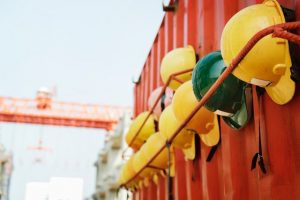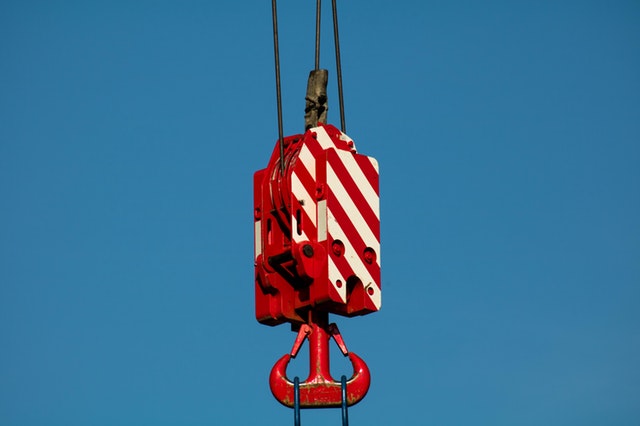A crane serves a great purpose with its ropes, chains, and mechanism of sheaves making lifting of heavy materials possible on a rising building or an infrastructure. This is one of the advancements used widely in building, construction and transportation of elements. The crane is a piece of massive machinery that must be driven by a qualified crane operator. With significant benefits that it provides workers and engineers, comes some risks that have to be taken seriously. Here are some of the risks involved when operating a crane:
Going out of control
Machines are expected to run smoothly when they are operated correctly. Therefore, there’s a risk of messing the operations when the one running it is not fully knowledgeable of how the mechanism works. In that sense, only trained people should run it since it imposes high hazard when mishandled.
Collapsing Cranes
Crane operators should know their crane’s parameters (e.g. weight and structural capacity vs. environmental conditions during the planning phase). Since the largest cranes are prone to falls or collapse because of insufficient counterweights, inadequate setup because of poor ground conditions, and even high winds may lead them to overturn.
In America, a crane operator may be imposed of 30 years in prison if they will be caught operating a defective crane and if they work without a load chart. With that being said, crane operators should at all times have 100% knowledge that their cranes are functional and efficient. Also, he should be aware of even the most crucial consideration of ground bearing capacity with the maximum pressure the crane will apply to during the lift.

Falling debris/Falling materials
Cranes carry heavy materials while working on high-rise buildings. Examples of which are huge pipes, thick G.I. sheets, iron frameworks, basically, anything that ten people could not carry up, let’s say 20 floors. No matter how functional the crane could be, there is always a risk for falling debris because of the instability of the materials being transported.
For example; while ropes may be tying all three posts together, there’s a chance that as the wind gushes to this load of three, its weight could get caught up at one end. This could result in tilting the entire amount, which may then lead to one post slipping off. It’s all a challenge of keeping materials transported stably.
One more example could be the transportation of iron. As moving a this could dangerous considering environmental forces such as a gush of wind, or that the ropes may need to be filled up by a certain number of iron rods. And too much of it may bend it making transport too unstable.
Both examples pose a significant threat to civilians down under the crane’s lift. It’s important to set boundaries to anticipate falling materials. The thing that you need to remember, though is these materials are all heavy and could be fatal if it lands on somebody.
Collision
Despite the expertise of crane operators, some things like collision against trees, buildings, or another crane are more likely when clearance had not been imposed on the working area. The most that need caution and work up are electrical cables that are hard to see at a certain height. Also, this involves electricity that imposes great danger to everybody who’s near the construction vicinity.
The way to avoid this is to create a zone of exclusion where the working area will be cleared off of people, trees, electrical cables or posts. And anything else that will hinder ease in the transportation of the materials so that safety of those under the crane is assured.
These are the common hazards you need to be extra watchful. Risks cover both the operators, workers, and pedestrians. It’s better to have an outlook of considering all these three as you plan out the whole project.



